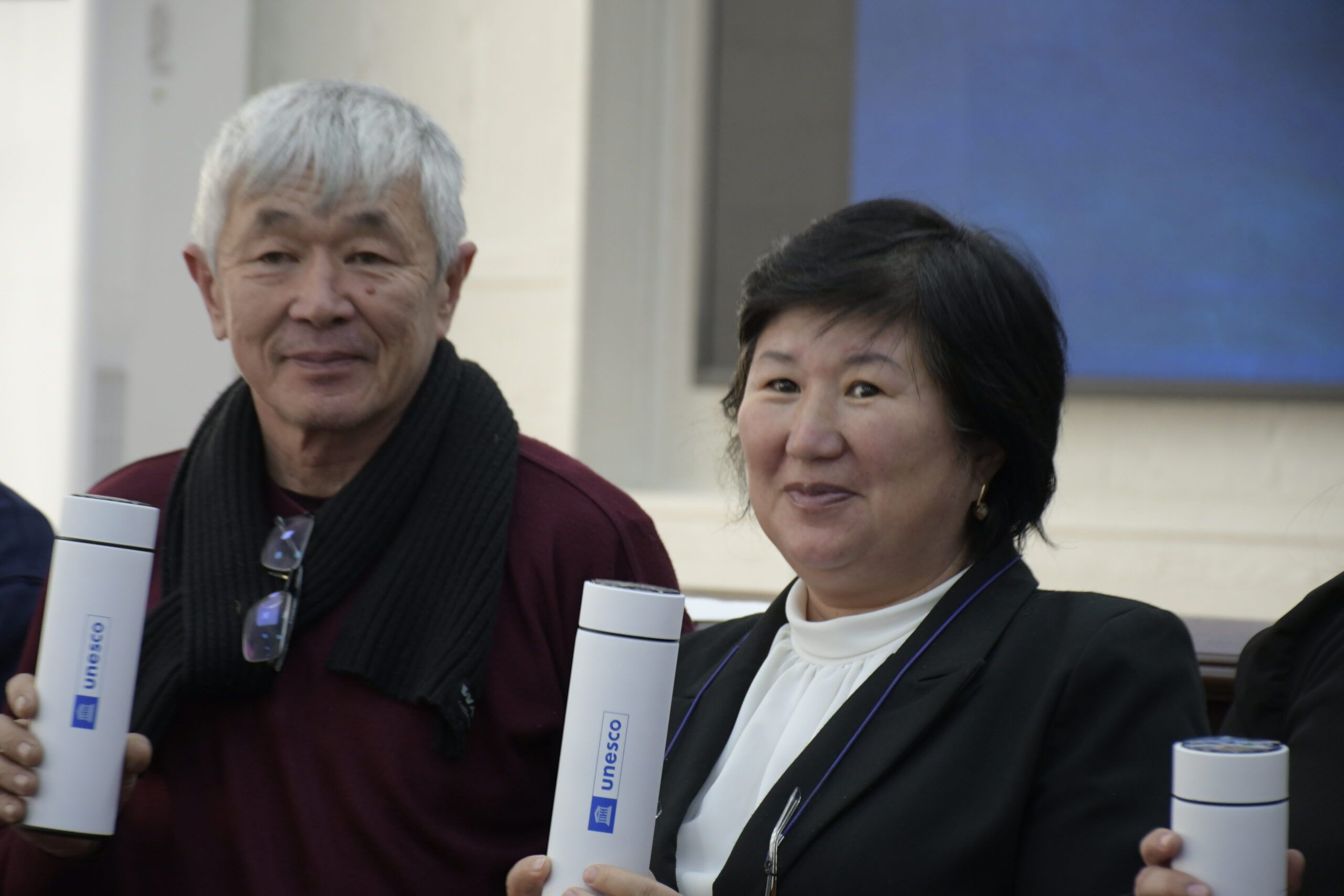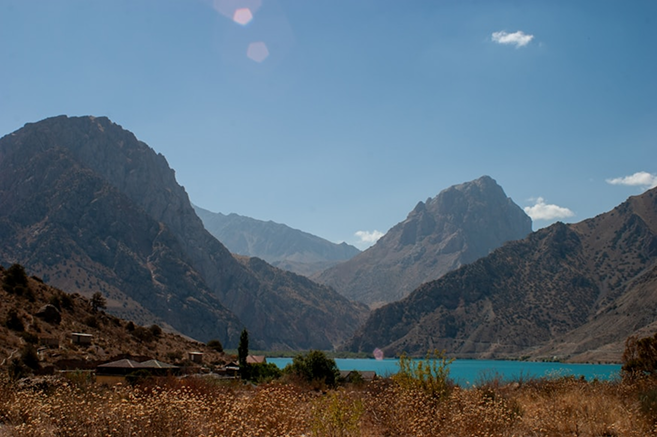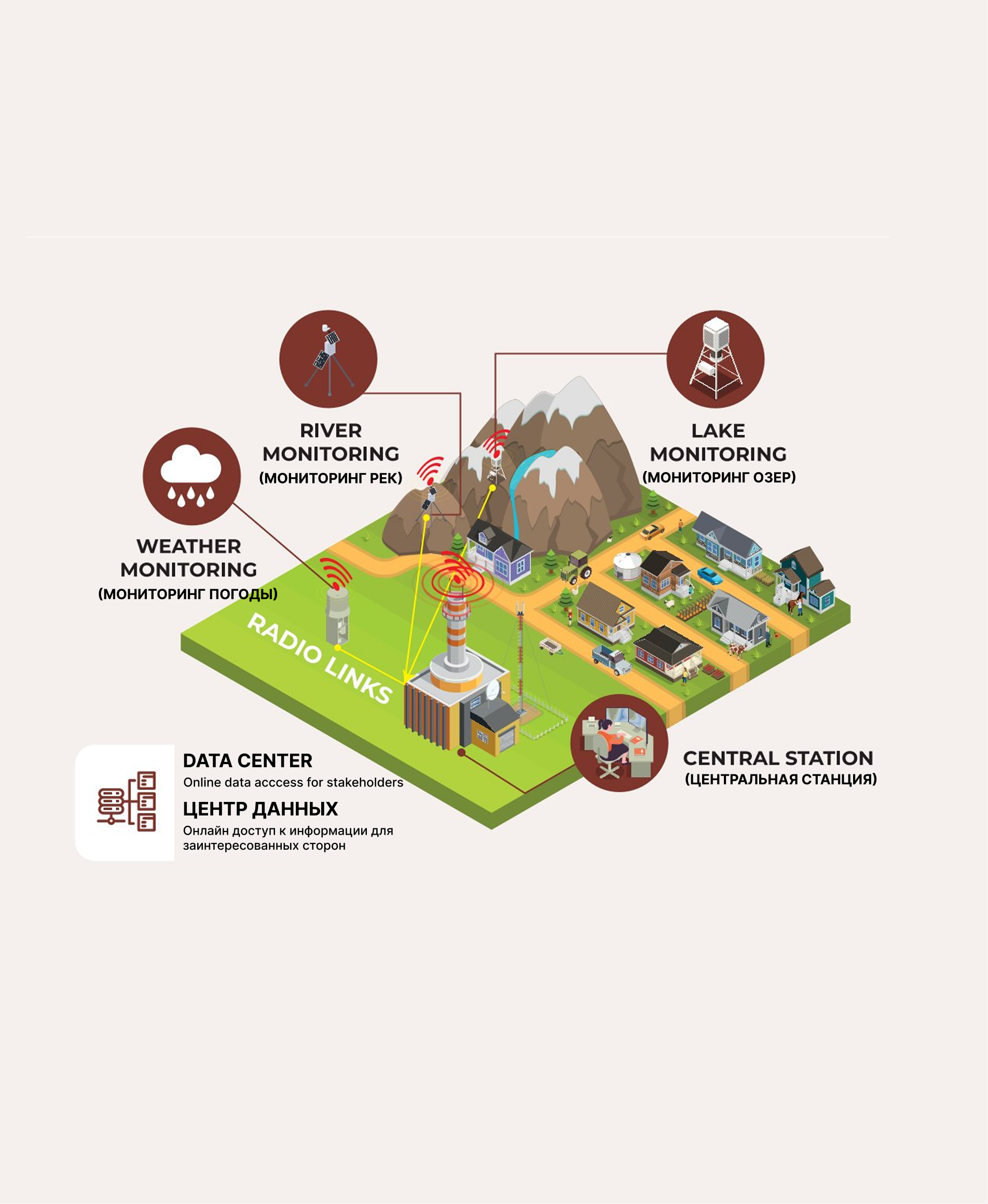Early Warning Systems
From remote sensor networks to community preparedness training, GLOFCA deploys comprehensive early warning systems that provide critical emergency response in Central Asia’s most vulnerable areas.
-
Why Early Warning Matters
-
What is an Early Warning System?
An Early Warning System is more than just technology. It is an integrated approach combining monitoring, communication, and preparedness to reduce disaster risk. In line with UNDRR guidelines, a functional EWS has four key components. GLOFCA builds EWS tailored to the unique geographical, technical, and social conditions of each pilot site.
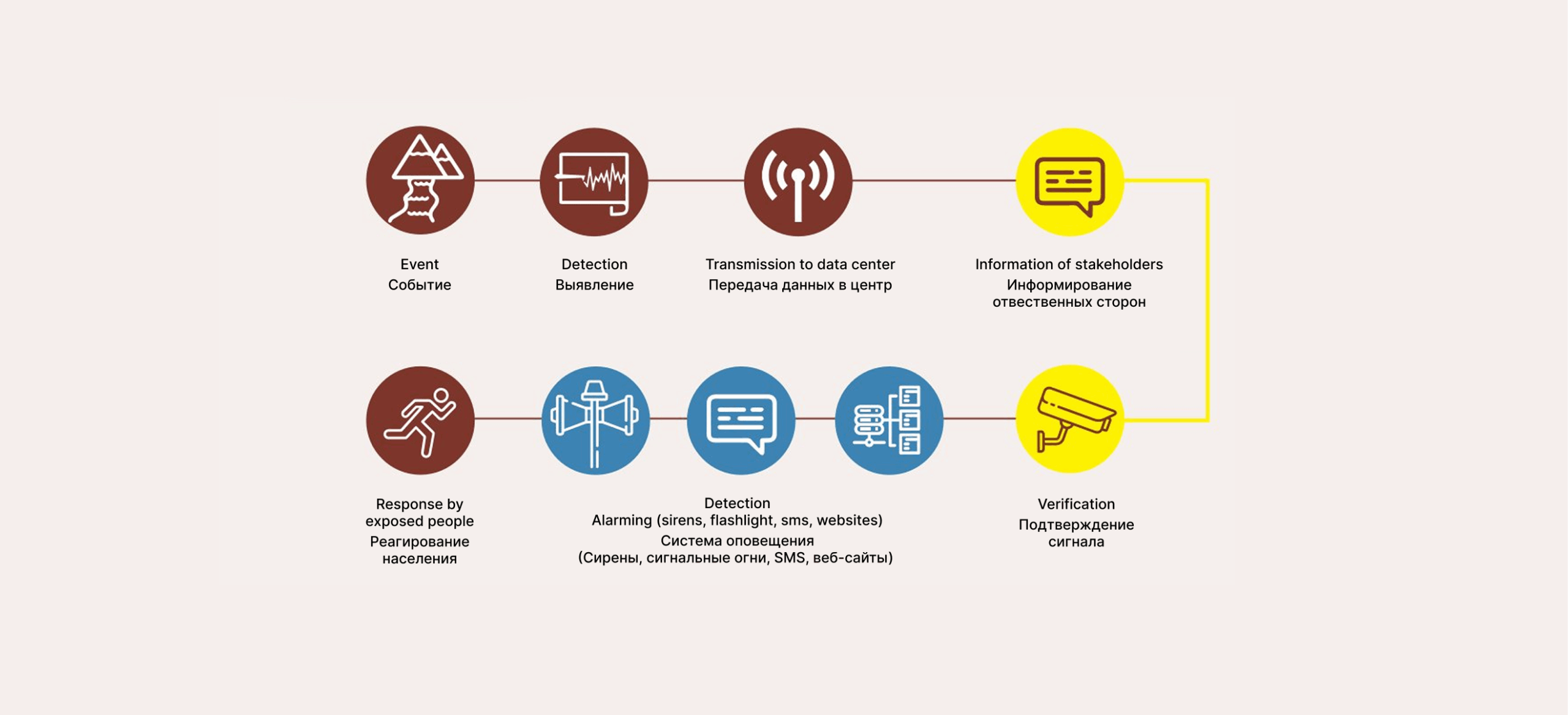
Risk Knowledge
Identifying and assessing GLOF-prone zones through hazard mapping and past event analysis.
Monitoring & Warning
Using sensors, automated stations, and community observation to detect threats in real time.
Dissemination & Communication
Rapidly alerting authorities and residents using multiple channels, including sirens and mobile alerts.
Response Capability
Ensuring that emergency plans, evacuation routes, and institutional coordination are in place and tested.
- What Makes GLOFCA’s EWS Approach Different?
Unlike many hydro-meteorological systems that forecast days in advance, GLOF early warnings must act within minutes. GLOFCA’s systems integrate advanced technologies with components such as public awareness, community drills, and institutional coordination. They are designed to be cost-effective, scalable, and useful beyond GLOFs, including for landslides and other natural hazards.
GLOFCA works with communities and national authorities to develop locally-appropriate systems that account for unique geographical challenges, communication infrastructure limitations, and social dynamics in remote mountain areas. These life-saving systems represent the frontline defense against increasingly unpredictable glacial hazards, providing vulnerable communities with precious time to evacuate and authorities with actionable information to coordinate responses.
News

GLOFCA installs risk information boards in Talgar and Esik, Kazakhstan
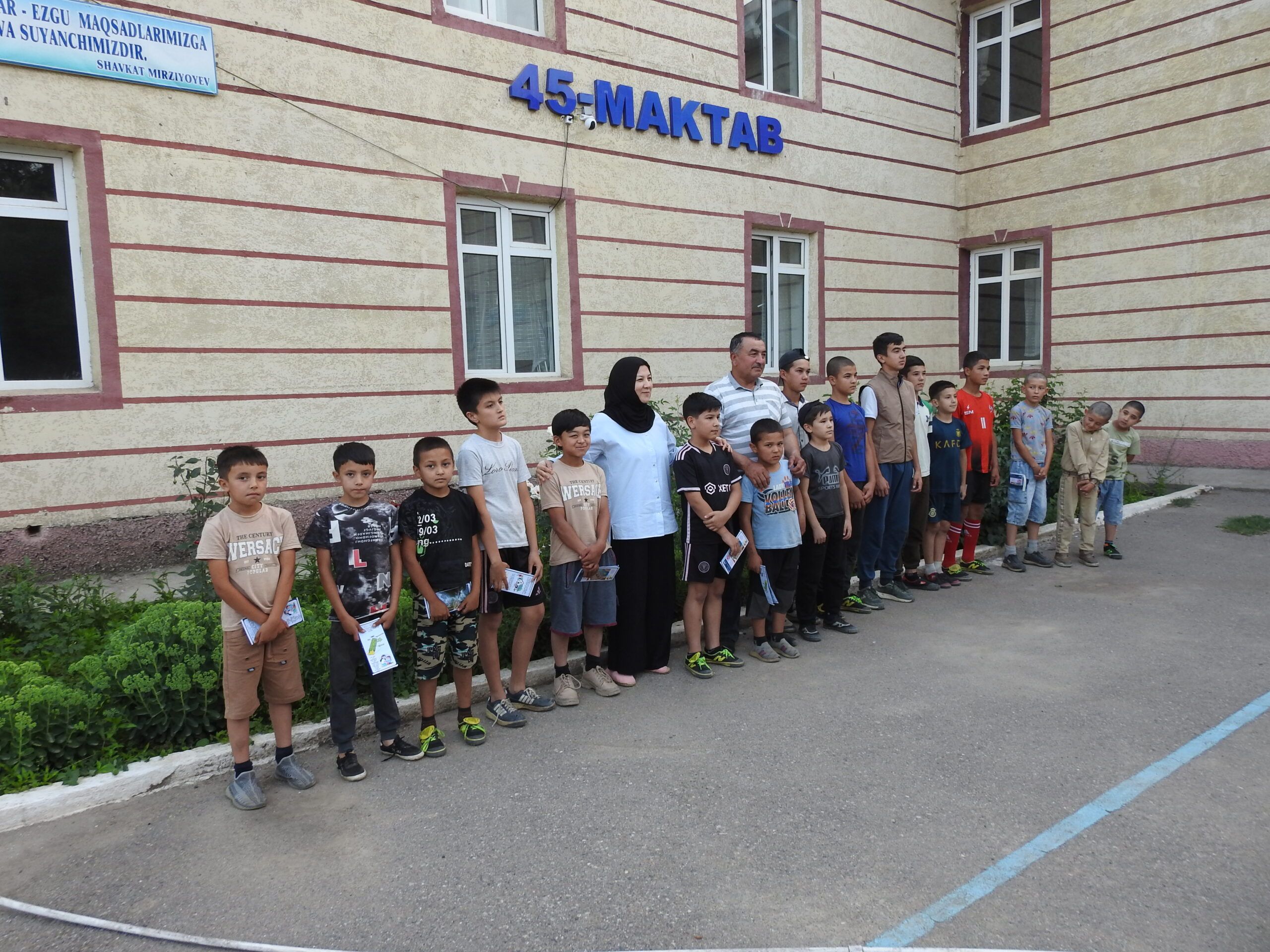
Continuing Disaster Risk Education in Uzbekistan’s Mountain Villages
